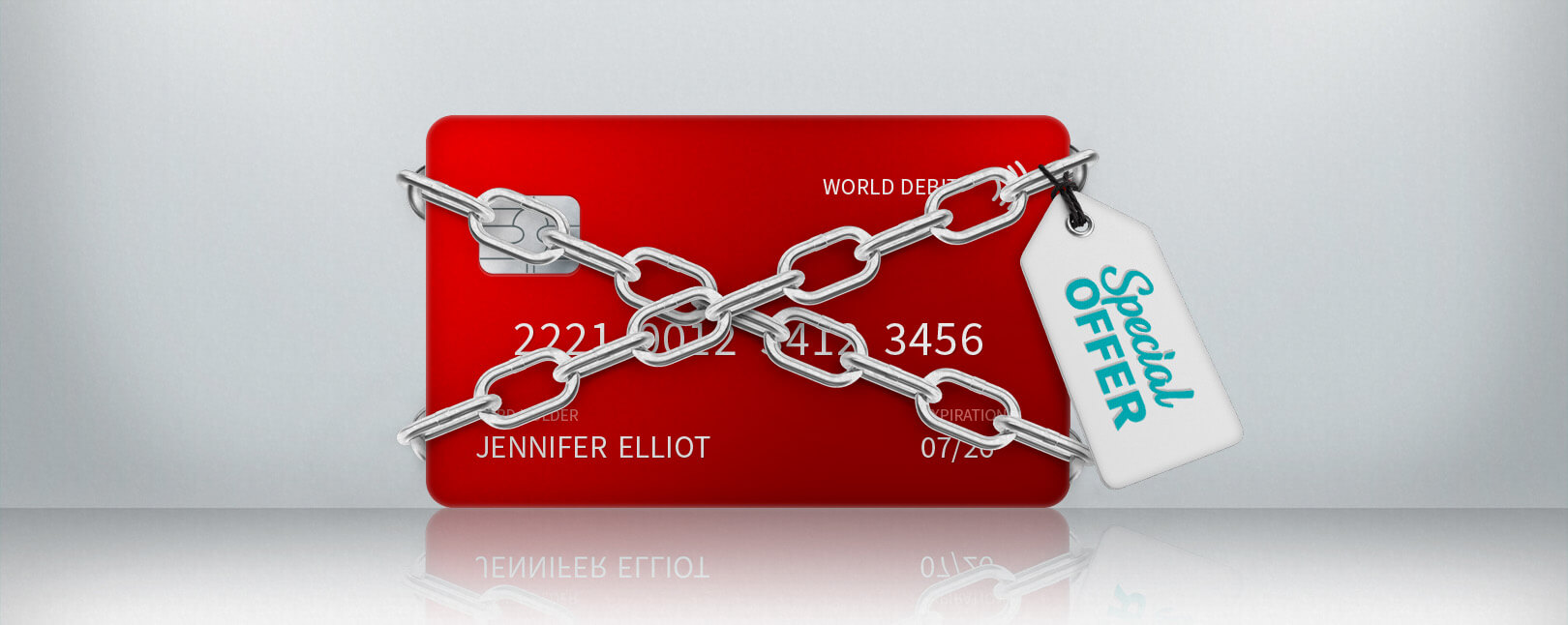The Pros & Cons of Card-Linked Marketing
Card-linked marketing can be a blessing for merchants. Of course, it can also be a curse, depending on who you ask.
Those targeted by card-linked offers might not be too happy about the concept. Some might consider it a form of marketing intrusion, and resent the perceived loss of privacy. Still, when leveraged effectively, card-linked marketing can be a very useful tool in your arsenal to attract and retain customers.
This article will take a close look at CLM. We’ll explore what it is, how it works, and how effective it is. Join us as we weigh the pros and cons, and see if CLM is the right approach for your business.
Recommended reading
- What is EMV Bypass Cloning? Are Chip Cards Still Secure?
- Apple Pay: Fast, Secure, & Private… but is There a Catch?
- Terminal ID Number (TID): What is it? What Does it Do?
- The Top 10 Online Payment Processing Providers of 2024
- Is Open Banking Equipped to Fight Fraud?
- Google Pay: How to Sep Up & Accept Payments Using the App
What is Card-Linked Marketing?
- Card-Linked Marketing
Card-linked marketing is a method of delivering targeted ads to consumers via their online bank statements. These digital offers are uploaded straight to their credit or debit account and can be used automatically at checkout.
[noun]/* kahrd lingkt mahr-ki-ting/
A card-linked marketing strategy lets you send digital offers to consumers along with their online bank statements. Any offer that catches the bank customer’s eye is instantly attached to that person’s payment card. Then, if the buyer decides to buy, they're automatically credited for the promotion at checkout. No coupon codes or vouchers are necessary.
Card-linked marketing is:
Opt-In
There is less reason to worry about turning off customers who don’t want to receive offers.
Backed By Data
Promotions are provided based on actual purchase history, meaning they’re more relevant.
Cost-Effective
CLM brings the customers to you. There’s less need to attract them with ads, coupons, or email offers.
Easy to Track
CLM produces precise feedback to gauge the effectiveness of each campaign.
So, CLM offers some impressive benefits. To clarify what all of this means, though, let’s dive into how it actually works.
How Does Credit-Linked Marketing Work?
Essentially, banks utilize card-linked offers through their own savings or promo platforms from within a user’s banking app or mobile wallet. The information the banks have access to is then shared with their partner to cultivate individual deals and discounts targeted toward that particular user. These offers are based on spending habits per demographic or monitored group.
For example, let’s say a bank customer logs into their mobile banking platform. The customer gets provided with offers and deals sorted by relevant purchases they have already made. If the consumer wishes to activate the offer, they simply make their selection. Then, a discount will be applied and credited to them at the month’s end.
While major banks and financial institutions are getting into the CLM swing, they are not alone. Third-party processors like PayPal, Stripe, and Venmo also invest in multi-tiered marketing offers like these.
But, now that we understand what card-linked marketing is and how it applies to marketing, let’s dig into its effectiveness.
How Effective is CLM?
When examining the utility of card-linked marketing, the first thing to consider is its overall reach. According to a 2020 survey by The Digital Commerce Alliance:
41%|of those surveyed indicated card-linked marketing as the most useful tech for their businesses.
22%|of marketing leaders prefer card-linked marketing as an ad channel. Social media marketing at followed at 23%.
50%|of new merchants who adopted card-linked marketing reported a growth rate of more than 30%.
Customers who were driven indoors during the pandemic still love to shop in brick-and-mortar shops…they just do it a little differently now.
According to Business Wire, 53% of consumers prefer to browse in-store before purchasing online. 68% want to see and touch items before they’re delivered. This makes a marketing strategy based solely on online acquisition an uphill battle.
Card-linked marketing can be an effective bridge between the online shopping boom and traditional brick-and-mortar commerce. With CLM, you no longer need to hand out paper coupons or offers, but you also don’t need to shift all of your focus to online acquisition. CLM supports both simultaneously.
The “Pros” of Card-Linked Marketing
There are many benefits to card-linked marketing. As consumer behavior runs the gamut between online commerce and walk-in shops, the drive to diversify is undoubtedly a priority for the modern merchant.
To expand on the pros for a moment:
The “Cons” of Card-Linked Marketing
Nothing is ever one-sided, especially when it comes to commerce. As productive as credit card-linked marketing is, it’s not universally beloved. Many consumers feel the practice is a shade too personal for their liking. Others find card-linked ads confusing.
Remember: CLM is intended as a targeted marketing tactic. It doesn’t work if it doesn’t communicate effectively.
Targeting refers to more than simply identifying a customer. While you might have the right buyer, you may have the wrong place or time. This inability to predict relevance, especially when combined with excessively-long redemption windows, is a key shortcoming of card-linked marketing.
Addressing these concerns demands sophisticated predictive analytics to get the right offer in front of potential customers at the right time.
Otherwise, you might face negative consequences:
At this stage in the game, you should be thinking about multi-tiered marketing solutions. As digital commerce expands and becomes a mobile powerhouse, brick-and-mortar retailers are advised to cross-promote with card-linked offers as soon as possible.
No new idea comes without a downside. However, omnichannel approaches to marketing are simply too beneficial to ignore. The trick is to implement wisely and, as always, keep an eye on your bottom line.
CLM is a Valuable Tool…if Used Properly
As you can see, the “pros” of card-linked marketing far outweigh the “cons.” Still, you’ll need to engage in this practice strategically, regardless. This means targeting customers, managing data effectively, and ensuring that scams like friendly fraud don’t corrupt your customer insights.
That last part can be a significant sticking point for merchants. It’s nearly impossible for the average merchant to distinguish between a criminal fraud attack and friendly fraud. You can’t target customers with the necessary level of precision without that insight. As a result, your CLM strategy can’t be as airtight as you need it to be.
Fortunately, there is a solution. It's possible to distinguish between friendly and criminal fraud, saving your card-linked marketing strategy and reducing overall chargeback issuances. Click below to learn more.













